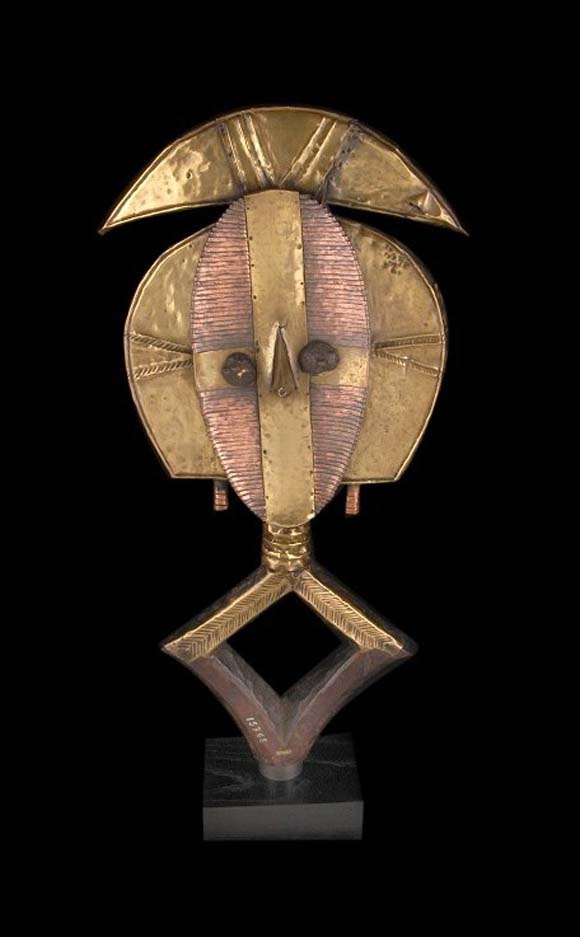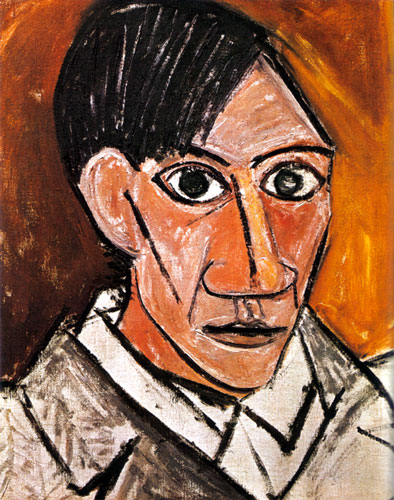How African Art Influenced Picasso's Cubism
Jay Z - Picasso Baby A Performance Art Film
Picasso's introduction to the hip hop community during many of Jay Z's lyrics and most notably, his song, "Picasso Baby" is just the latest node in the constant cyclical nature of black artistry merged with mainstream art movements. This series of blog posts will culminate in a chronological diagram which details the resulting products from the cycle of black art fused with mainstream cultures and art movements.
Picasso's self portrait during his Blue Period 1901 - 1904.
Nadeen Pennisi of Palm Beech State College identifies the specific inspirations for Picasso's first work of Cubism, Les Demoiselles d'Avignon, as copper covered reliquary figures from the Bakota (a.k.a. Kota) people of African state of Gabon and masks from the Dan people from the Ivory Coast. The Dan mask influence can be seen in the two figures to the right of the painting (along with their studies). The women have long ridge-like noses enhanced by elongated protruding chins with small almost non-existent mouths. They have striation along the nose and side of the face that created a flat plane except for the forehead. Their features are reduced to geometric shapes. This indicated that Picasso had indeed studied these masks and to some degree emulated their styles. The Bakota sculpture also influenced the shape and shading of the faces, giving them exaggerated ovoid forms. The shape of the forehead and eyes and a simple ear suggests similarities to the Bakota sculptures. It is evident that the characteristic bold shape of the nose, eyes and shadowing that are in Demoiselles are most likely taken from African art.
The images below are sculptures from the Bakota people also known as the Kota people of Gabon.
Below: The three images are masks from the Dan People or Gio People, an ethnic group located in north east Liberia and Cote. Before Picasso started his Back Period he came into the possession of some ancient Liberian sculptures that he got from an acquaintance who had stolen them from the Louvre museum in Paris.
Below: Picasso's study images for Les Demoiselles d'Avignon. Its very easy to see the African art influences.
Picasso's Les Demoiselles d'Avignon 1907. This is arguably Picasso's greatest art piece and the supposed introduction of Cubism to the world.
Picasso's Self portrait of 1907, after his introduction of African art.
Below: These two images shows Picasso's self portraits before and after his African art influences. The portrait on the left was created during his blue period (1901 - 1904) the portrait on the right was created during his black period (1906 - 1907).
Summary - Without Picasso's introduction to African artistry, would Cubism exist? His indulgence in negrophilla produced a new art form which continues to inspire various artist today. Could the architectural profession benefit from such a paradigm shift? The infusion of hip hop's artistry and the stagnated architectural profession could yield a new style of architecture and a variety of new practitioners.













